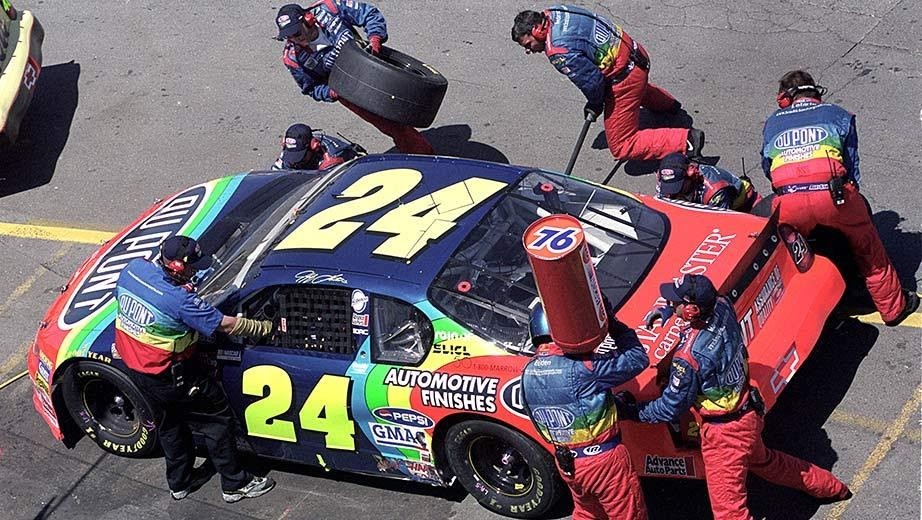SMED (Single Minute Exchange of Dies)
BASICS OF SMED
SMED was developed by Shigeo Shingo, a Japanese industrial engineer who was extraordinarily successful in helping companies dramatically reduce their changeover times. His pioneering work led to documented reductions in changeover times averaging 94% (e.g., from 90 minutes to less than 5 minutes) across a wide range of companies.
WHAT IS SMED?
SMED (Single-Minute Exchange of Die) is a system for dramatically reducing the time it takes to complete equipment changeovers. The essence of the SMED system is to convert as many changeover steps as possible to “external” (performed while the equipment is running), and to simplify and streamline the remaining steps. The name Single-Minute Exchange of Die comes from the goal of reducing changeover times to the “single” digits (i.e., less than 10 minutes).
Examples of SMED:
- For many people, changing a single tire can easily take 15 minutes.
- For a NASCAR pit crew, changing four tires takes less than 15 seconds.
The speed of pit crews often can make the difference between winning and losing for race car drivers. Pit crews typically videotape each pit stop, constantly looking for ways to speed up the time a car stays in the pit lane. The time spent for each operation is analysed – changing tires, cleaning windshields and pumping gas.
SMED Benefits
- Reduce batch size
- Increase flexibility
- Reduce inline stock
- Reduce lead time
- Improve quality
- Reduce waste
- Increase capacity
- Reduce expenses
- Set up error elimination
- Reduce trail run time
- Increase machine work duration from set up time
Where is SMED can be implemented?
- Continuous process industries.
- Where change over time are Exceptionally time consuming.
Steps To Implement SMED
The following is an outline of the steps that need to be taken to implement SMED.
a. Identify The Process
In this first step, the focus area for improving changeover times is identified. It needs to be a situation where:
- The changeover is long enough where there is room for improvement
- There has historically been a lot of variances in the past in changeover times
- The operation is done frequently
- All employees involved in the changeover process have been trained and have buy-in for the change
- The process has been a bottleneck in the overall operation, meaning changes will have immediate impact
b. Identify Elements
- Again, video typically comes in handy. Seeing how the process is being handled can help identify areas for improvement.
- Each element of the process should be quantified by the amount of time it takes as well as the cost.
- The process is then mapped out by each individual element, those involving both human and machine activities.
c. Separate External Elements
- In this step, all elements of the operation that are external should be separated. This includes elements that are currently internal but can be made external.
- On each element, it should be asked: can this be done while the equipment or process is running? If so, it can be accomplished before the actual changeover takes place.
d. Convert Internal to External
- As mentioned above, any element that can be moved to external.
- Prioritize the list so that the elements with the most potential impact on reducing time
- It also could involve reconfiguring machinery or investing in extra machinery that can handle an external element while the main process is still running.
e. Streamline
In this final step, the internal elements should be simplified to take less time. Every single element must be considered. This also can involve new equipment or modification of existing equipment to make changeovers run smoother and faster.
By- Pramoth V




